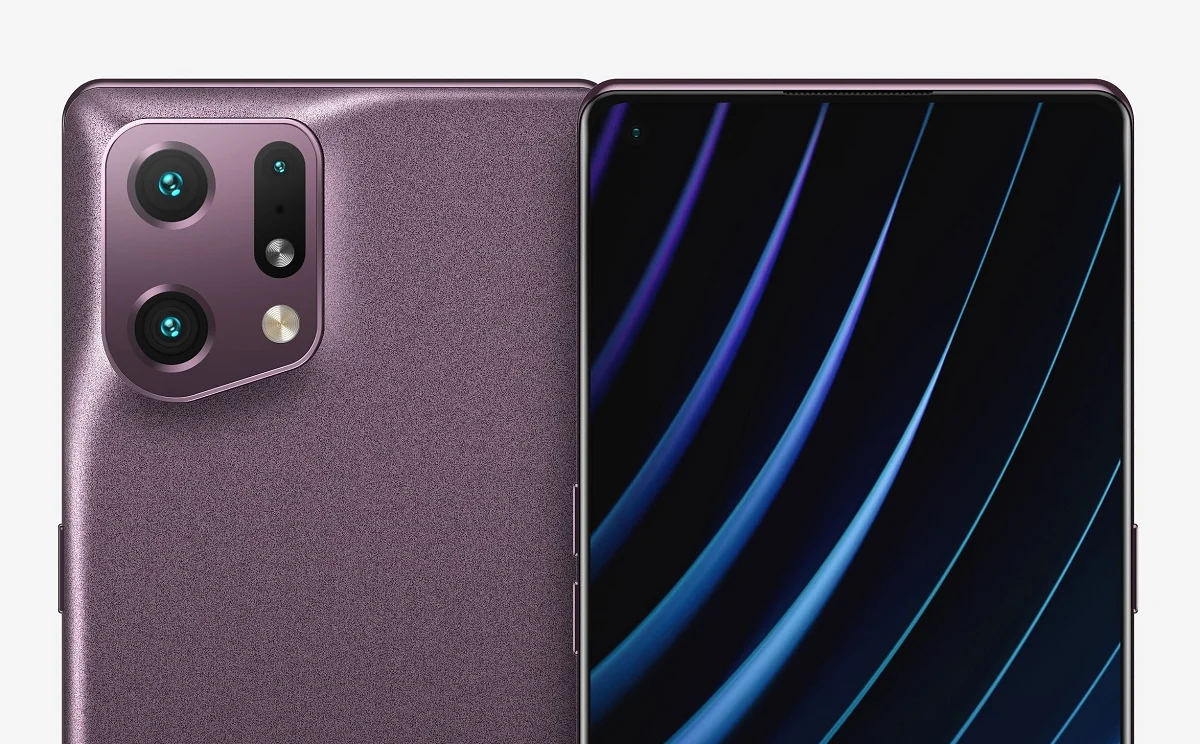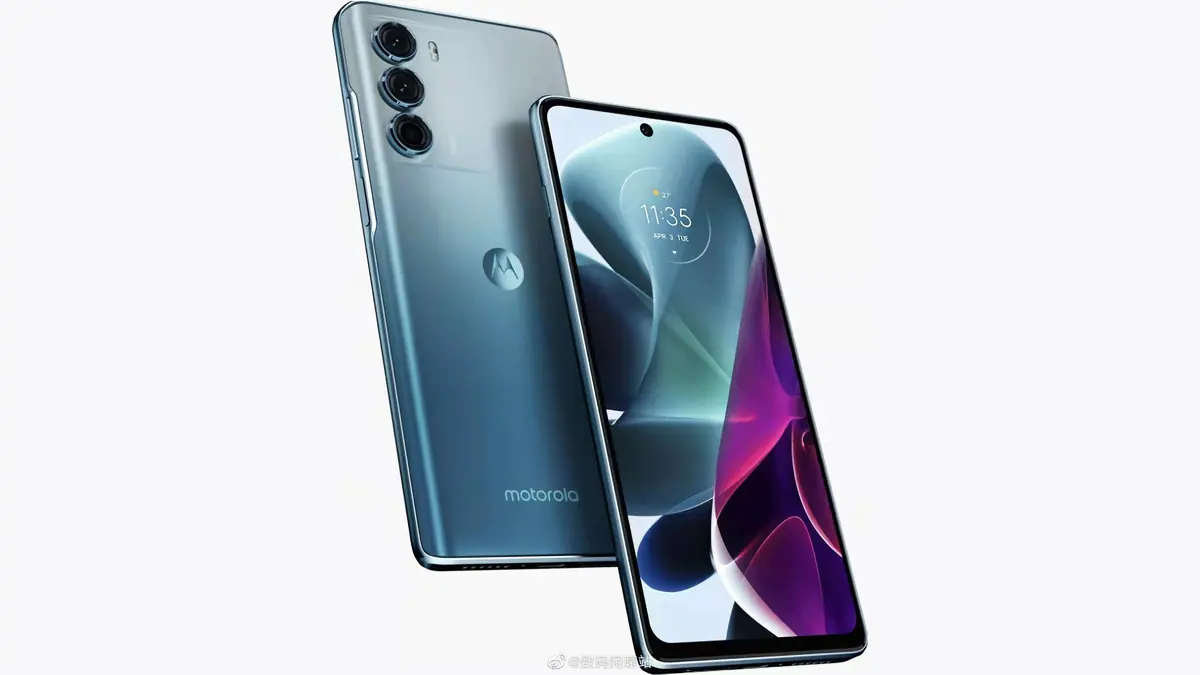In this way, small home devices will no longer need batteries. The light inside the room will be enough to work. The startup’s technology will appear in a new undercover Google product set to launch later this year.
How does it work
Despite advances in solar energy, generating enough electricity for devices operating in low-light conditions remains an insurmountable challenge. Previous attempts to create photocells for rooms did not bring success. According to Ambient Photonics, the reason for this lies in the limitations of traditional photovoltaic technologies such as silicon cells.
At the heart of Ambient Photonics development are double-sided photocells that collect sunlight from both sides to maximize conversion efficiency. Photocells contain light-sensitive dye molecules that convert photons into electrons in a process similar to plant photosynthesis. The more effectively the dye absorbs light, the more electricity the element produces.
According to Joshua Wright, vice president of Ambient Photonics, the startup’s team managed to achieve “perfect pigment chemistry” to achieve “unique specific power.” Dye-stabilized solar cells technology makes it possible to absorb three times more light than existing analogues.
Ambient dyes are based on more than 40 organic sensitizing molecules, the active component of dye-sensitized solar cell (DSSC) technology, which absorbs light in the visible electromagnetic spectrum just like other solar panels.
In addition to other advantages of the new technology, there is also a decrease in the amount of electronic waste. Billions of used batteries will no longer end up in landfills. In addition, the high cost of high-performance, low-light photovoltaic technologies such as gallium arsenide cells makes them suitable only for space satellites and research applications, not for mass-market electronics.
Source: 24 Tv
I’m Sandra Torres, a passionate journalist and content creator. My specialty lies in covering the latest gadgets, trends and tech news for Div Bracket. With over 5 years of experience as a professional writer, I have built up an impressive portfolio of published works that showcase my expertise in this field.













